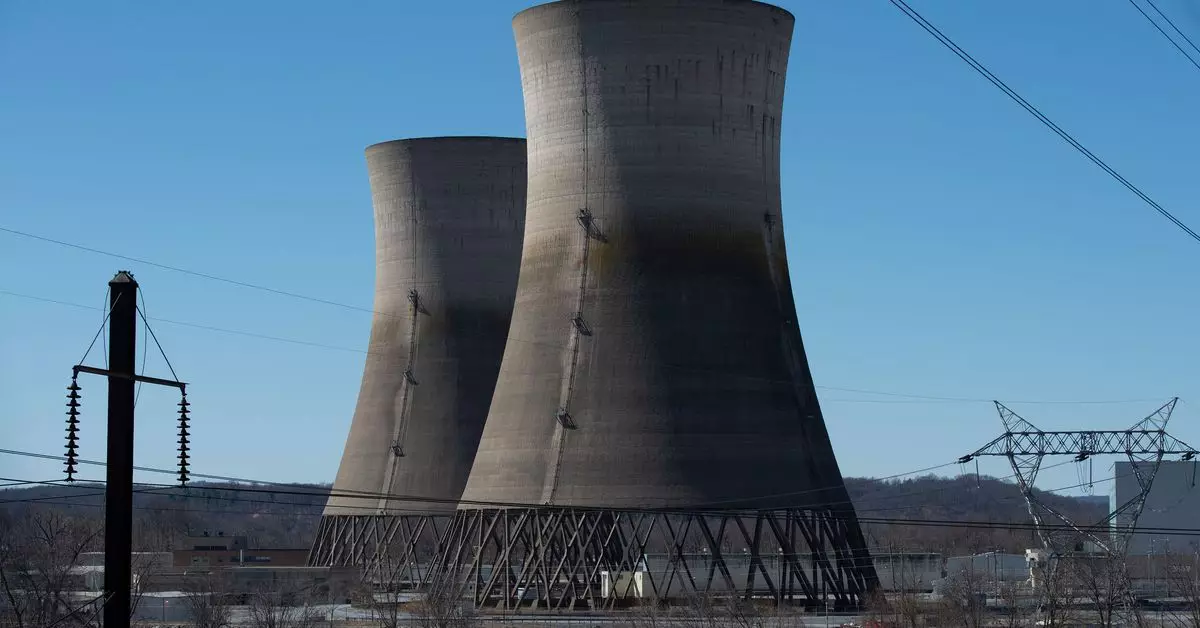In a significant and bold initiative, Microsoft has made a commitment to revive the Three Mile Island Nuclear Power Plant, a facility with a turbulent history marked by the 1979 accident, which is often cited as the worst in U.S. history. Following its shutdown and subsequent closure in 2019, the plant will potentially resume operation under the new moniker, “Crane Clean Energy Center,” in 2028, provided it receives the necessary regulatory approvals. For Concordia Energy, the current owner of this site, and Microsoft, this agreement represents an innovative intersection of technology and energy that could pave new pathways for sustainable power generation.
This partnership is set against a backdrop where energy consumption in data centers is forecasted to soar, particularly as tech giants increasingly shift their focus into artificial intelligence (AI). Microsoft’s decision signals a commitment not only to offset its growing energy demands but also to embrace clean energy solutions—an ambitious goal that challenges the traditional energy landscape. Indeed, the new venture is more than a simple economic transaction; it embodies a broader vision where technology can harmonize with sustainable energy practices.
Microsoft’s intention to secure 100 percent of the energy output from the revitalized plant reflects a tactical necessity—its data centers require enormous amounts of power. Estimates suggest the Three Mile Island facility has the capacity to generate 837 megawatts of energy, enough to power more than 800,000 homes. This is emblematic of the increasing reliance on high-capacity energy sources, particularly as generative AI applications and large-scale computing demand an ever-expanding energy footprint. The agreement extends over two decades, showcasing Microsoft’s commitment to integrating powerful and sustainable energy sources to support its operations during a crucial period of technological advancement.
Moreover, the agreement will also aid in Microsoft’s strategy to achieve its ambitious climate goals. As the company aims to become carbon negative by 2025, this move towards nuclear energy appears to be a double-edged sword, as it potentially mitigates greenhouse gas emissions while maintaining the necessary energy throughput for its burgeoning AI initiatives. The relationship with Constellation reflects an increasing trend among large tech companies to engage in partnerships that promote sustainability while addressing pressing operational needs.
While the partnership holds substantial promise, it is not without its challenges. The return of any nuclear facility, particularly one with the legacy of Three Mile Island, necessitates stringent regulatory oversight. The Nuclear Regulatory Commission (NRC) must assess and approve the plans for reopening, a process that could delay progress significantly. Furthermore, state and local entity permissions are also required, which may present additional barriers as environmental concerns and public opinions regarding nuclear energy remain contentious.
Constellation’s investment of $1.6 billion to reactivate the plant demonstrates confidence in its capacity to comply with these regulatory demands. However, the broader question remains as to whether nuclear power, particularly in the wake of past incidents, can regain public trust and acceptance. This issue is compounded by existing apprehensions regarding safety, waste disposal, and the potential environmental impact.
Despite the hurdles, Microsoft’s venture into nuclear energy indicates a pivot toward a future where technology and sustainability are not mutually exclusive. Industry leaders like Bill Gates have long advocated for embracing nuclear energy as a viable solution to combat climate change, and Microsoft’s partnership with Constellation exemplifies such a forward-thinking approach. This collaboration might provide a critical blueprint for other tech giants seeking to bolster their energy capacities while aligning with eco-friendly practices.
Microsoft’s strategic engagement with the Three Mile Island plant marks a pivotal moment in the intersection of technology and energy. By prioritizing clean energy solutions to power its data centers, Microsoft not only addresses its immediate energy needs but also contributes to the larger conversation on sustainable practices in the tech industry. As the initiative unfolds, it will undoubtedly serve as a crucial case study for future endeavors in nuclear energy and corporate responsibility in combating climate change. The successful revitalization of this facility could change the narrative around nuclear power and set new precedents for industries increasingly reliant on large-scale energy solutions.


Leave a Reply